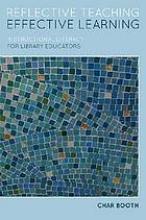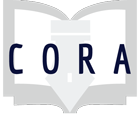
Whether or not "instruction" appears in their job titles, librarians are often in the position of educating their users, colleagues, and peers to successfully locate and evaluate information. Because MLIS education tends to offer less-than-comprehensive preparation in pedagogy and instructional design, this book tackles the challenge of effective teaching and training head-on. In this book the author introduces a series of concepts that will empower readers at any level of experience to become better designers and presenters, as well as building their confidence and satisfaction as library educators. A four-part framework of instructional literacy is outlined, which includes Reflective Practice (tools for improving learning in the moment and developing a teacher identity, as well as approaches to collaboration and creating communities of practice), Educational Theory (evidence-based strategies in learning and instructional research), Teaching Technologies (evaluating and integrating technology in learning using a practical "toolkit" approach), and Instructional Design (a systematic and outcomes-based strategy for developing and assessing learning experiences). This foundation is supplemented by the USER Method, a step-by-step approach to creating learner-focused instruction. Tailored to library contexts, USER walks readers through understanding an instructional scenario, structuring content, engaging learners, and reflecting on outcomes. Also included are templates for instructional planning and technology evaluation, as well as practical advice and scenarios from those working in the field. Entailing a methodical approach to educating oneself about this emerging field, this work helps librarians become better learners and teachers.
Resource Type:
- 106 reads
